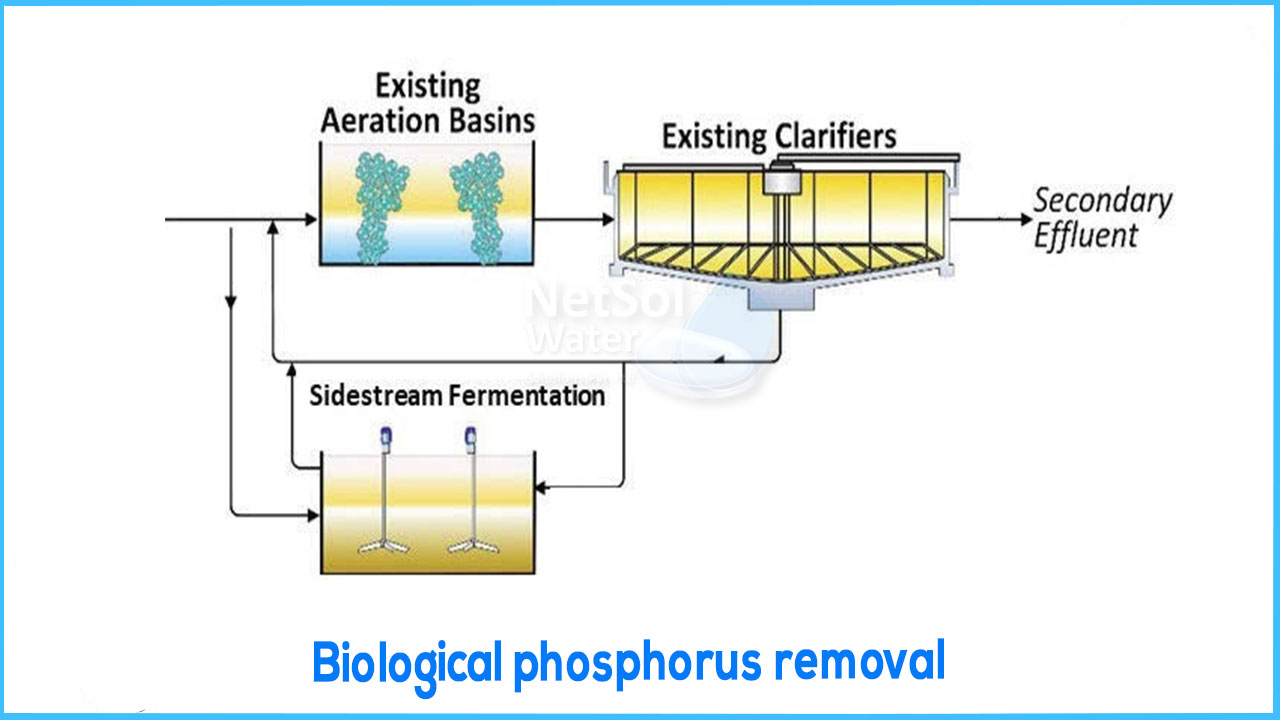How does biological phosphorus removal work?
Phosphorus removal during wastewater treatment is vital to ensure public safety and protecting the environment. Removal of this nutrient from waste streams is key to prevent eutrophication – a natural process inciting algae blooms. Algae blooms can suffocate ecosystems, creating dead zones in which animal life cannot survive. Moreover, this causes other water quality issues threatening our drinking water.
The phosphates are used as an energy reserve by the microorganisms under anaerobic conditions. Regeneration of phosphates can take places by either aerobic or anoxic conditions. The broad line of metabolism of these microorganisms should be understood:
MICROORAGNISMS
Earlier it was thought that acinetobacter was responsible for biological process of phosphorus removal. After advancement in research, it is well known that phosphorus accumulating ability is widespread among heterotrophic organisms. These organisms are also known as BIO-P bacteria, PAOs/41/ or phosphorus accumulating organisms. There are various organism that have been listed as:
- ~ PAOs non-denitrifying
- ~ PAOs, denitrifying
- ~ NON PAOs, non-denitrifying
- ~ NON PAOs, denitrifying
- ~ GAOs (glycogen accumulating bacteria)
- ~ Microtix etc.
MECHANISM
The phosphorus accumulation mechanism is not always active, and this makes it difficult to measure the concentration of organisms. The groups are active and all are competing for the substrate especially for low molecular fatty acids (needed for phosphorus storage mechanism). The competition determines the success or failure of biological phosphorus removal.
In the biological removal of phosphorous, the phosphorous in the influent wastewater is incorporated into cell biomass, which is subsequently removed from the process as a result of sludge wasting. The reactor configuration provides the P accumulating organisms (PAO) with a competitive advantage over other bacteria. So PAO are encouraged to grow and consume phosphorous. The reactor configuration in comprised of an anaerobic tank and an activated sludge activated tank. The retention time in the anaerobic tank is about 0.50 to 1.00 hours and its contents are mixed to provide contact with the return activated sludge and influent wastewater.
ENVIRONMENTAL FACTORS
The process is demanding as it primarily depends upon two environmental conditions:
- 1. ALTERNATING ANAEROBIC/AEROBIC CONDITIONS:To select the mechanism, the anaerobic condition is important. Introduction of this condition can induce high pressure which is advantageous for the microorganisms responsible for phosphorus removal (selection pressure). It is because of this pressure that larger part of biomass will consist of these bacteria.
- 2. NO NITRATE IN ANAEROBIC PHASE: During the anaerobic period (intended), impact of nitrate is severe. Denitrification can remove some of the easy biodegradable matter which are supposed to be stored by phosphorus accumulating bacteria.
ADVANTAGES
The main advantages of biological phosphorous removal are decreased chemical costs and least sludge production as compared to chemical precipitation (other method employed for phosphorus removal).Biological phosphorus removal is a reliable alternative for phosphorus removal down 0.2mg/L to 0.5 mg/L or below. Designs must incorporate flexibility to ensure systems can be optimized. Treatment arrangements should be suited for the specific WWTP. Process control allows ease of operation which makes it even more convienient.




